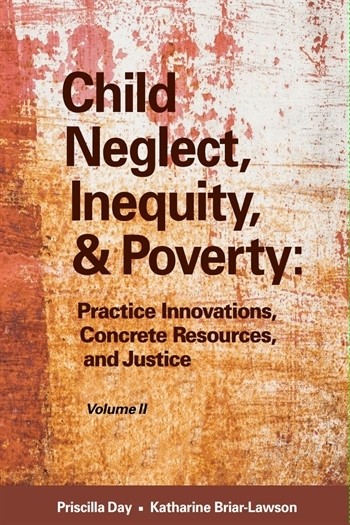Much of child welfare practice involves families who may have low income or be economically insecure. While most of these families do not engage in child maltreatment, they often lack sufficient resources—an issue that long has plagued families who are reported for child neglect. Child Neglect, Inequity, & Poverty: Practice Innovations, Concrete Resources, and Justice (Priscilla Day and Katharine Briar-Lawson, editors) brings to light the critical needs of families who are vulnerable and their economic and concrete resource challenges. Solid arguments, along with research, showcase the need for more investments in families— especially families in poverty—who are at risk of being reported for child neglect. Innovative models of practice in both public and Tribal child welfare are featured, as are integrative approaches involving behavioral health and economic supports.
Child Neglect, Inequity, & Poverty: Practice Innovations, Concrete Resources, and Justice

Comments are closed.
